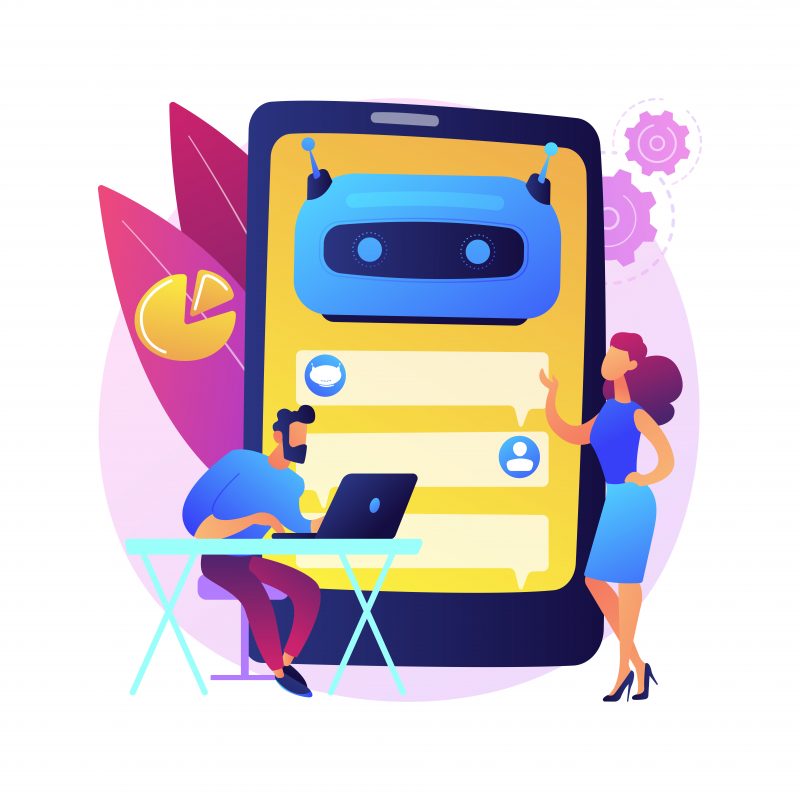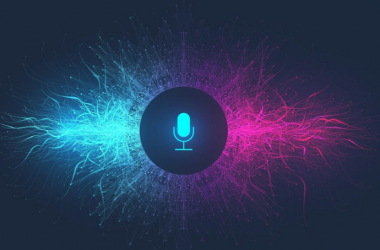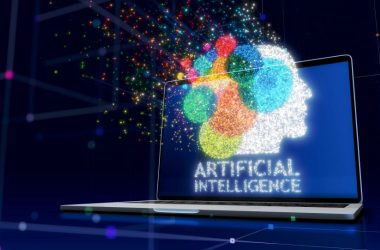Executive Summary:
In the ever-evolving landscape of Artificial Intelligence (AI), two prominent technologies have gained significant attention: AI Chatbots and AI Virtual Assistants. These advanced applications have transformed the way businesses interact with their customers and users. They are powered by Generative AI, a groundbreaking technology that has been revolutionized by the advent of Large Language Models (LLMs). In this article, we will delve deep into the nuances of these two technologies, exploring their differences, capabilities, and how they leverage Generative AI to provide distinct outputs and results.
Understanding Generative AI and Large Language Models (LLMs)
Generative AI refers to the subset of AI that focuses on creating content, whether it’s text, images, or other forms of media. LLMs, often referred to as “AI language models,” are at the heart of Generative AI. These models are designed to understand and generate human-like text based on the patterns and information they’ve learned from massive datasets. One of the most notable examples of LLMs is OpenAI’s GPT (Generative Pre-trained Transformer) series, including the latest iteration, GPT-4.
AI Chatbots: Conversations in Text
AI-Powered Chatbots are interactive applications that simulate human conversations through text-based interactions. These chatbots are designed to engage users in meaningful conversations, address their queries, provide information, and even assist in tasks such as booking appointments or making reservations.
Code Example – AI Chatbot
def chatbot_response(user_input):
response = generate_text_with_chatbot_model(user_input)
return response
user_input = input("User: ")
bot_response = chatbot_response(user_input)
print("Chatbot: ", bot_response)
AI Chatbots are trained on vast datasets of conversations to understand context, language nuances, and the flow of interactions. However, their primary focus is on textual interactions, making them suitable for platforms like websites, messaging apps, and customer support interfaces.
AI Virtual Assistants: Multimodal Interaction
AI Virtual Assistants take the capabilities of AI Chatbots to the next level by incorporating multimodal interactions. In addition to text-based conversations, they can process and generate a variety of content types, including text, images, and even voice.
Code Example – AI Virtual Assistant
def virtual_assistant_response(user_input, input_type):
response = generate_content_with_virtual_assistant(user_input, input_type)
return response
user_input = input("User: ")
input_type = determine_input_type(user_input) # Could be "text," "image," or "voice"
assistant_response = virtual_assistant_response(user_input, input_type)
print("Virtual Assistant: ", assistant_response)
AI Virtual Assistants are more versatile in handling diverse user inputs, making them suitable for applications where interactions go beyond text, such as smart home devices, virtual reality environments, and augmented reality applications.
Comparing AI Chatbots and AI Virtual Assistants
Let’s take a closer look at the key differences between AI Chatbots and AI Virtual Assistants using a tabular comparison:
|
Aspect |
AI Chatbots |
AI Virtual Assistants |
| Interaction Types | Text-based conversations | Multimodal interactions |
| Input Types | Text | Text, images, voice |
| Use Cases | Customer support, FAQs | Smart devices, AR/VR |
| Content Generation | Text responses | Text, images, voice |
| Context Understanding | Moderate | Advanced |
| Integration Complexity | Relatively simpler | Complex due to multimodal capabilities |
| Example Technologies | Facebook Messenger Bots, Slack Bots | Amazon Alexa, Google Assistant |
Leveraging Generative AI for Different Outputs
Both AI Chatbots and AI Virtual Assistants rely on Generative AI Services to produce content, but their focus and capabilities result in different outputs.
AI Chatbots generate responses by predicting the next sequence of words based on the context of the ongoing conversation. They excel in maintaining coherent dialogues but might struggle with generating images or complex visual content.
AI Virtual Assistants, on the other hand, leverage their multimodal capabilities to generate diverse outputs. For instance, if a user asks about the weather, a Virtual Assistant might respond with both a textual description and a relevant image or even an audio-based weather report.
The Final Verdict
In the world of AI, the distinction between AI Chatbots and AI Virtual Assistants goes beyond semantics. While both technologies use Generative AI and Large Language Models to create content, their focus and capabilities diverge significantly. AI Chatbots excel in text-based conversations, making them suitable for customer support and FAQs. With their multimodal interactions, AI Virtual Assistants cater to more diverse applications, including smart devices and augmented reality environments.
Future of AI Chatbots:
We expect further refinement and integration of these two technologies as technology advances. AI Chatbots might evolve to incorporate multimodal capabilities, blurring the lines between the two. Regardless of the direction they take, one thing is sure: both AI Chatbots and AI Virtual Assistants are shaping the way we interact with machines, ushering us into an era of unprecedented AI-driven communication.
Integrating Generative AI and LLMs into these technologies has been a game-changer, propelling them to new heights of sophistication and usability. Whether you’re developing an AI Chatbot for your business website or exploring the potential of an AI Virtual Assistant for your smart home, understanding the nuances and capabilities of these technologies is crucial for delivering exceptional user experiences in the AI-driven world.
Conclusion
In conclusion, the journey of AI Chatbots and AI Virtual Assistants is a testament to the remarkable progress that Generative AI and Large Language Models have brought to the field of artificial intelligence. As we continue to witness their evolution, it’s evident that they are not just tools but companions that are transforming how we interact with technology and enhancing our daily lives profoundly.










